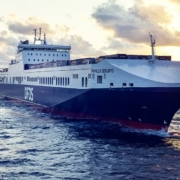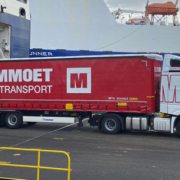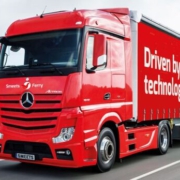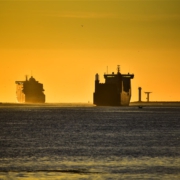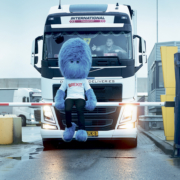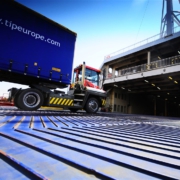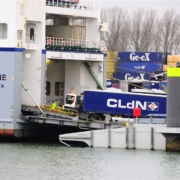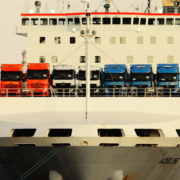“The work has changed completely, with much more administration,” says director Lucien Stötefalk in response to the question as to how Brexit has impacted Smeets Ferry. “Without the correct preparations, you can no longer enter the terminal in the Netherlands and you cannot depart the terminal in the United Kingdom. Ferry transport has become a completely different game.” Smeets Ferry has hired two – three extra people for all that administration. “In this way, we ensure that our planners can continue to properly perform their planning activities.”
Speed is of the essence in ferry transport. In any case, the turnover rate has decreased due to Brexit, notes Stötefalk. Smeets Ferry is compensating for this through the purchase of a hundred extra trailers, partially also to accommodate growth. “Furthermore, we have critically assessed which cargo we do and do not want to transport. We have completely stopped with groupage. The risk of delays is simply too great.”
Good information essential
Smeets Ferry does not handle customs clearance or pre-notifications via Portbase at the terminals. The company leaves that up to the customers themselves. “However, it is very important to us that the customer provides that information correctly. Customs requires that the cargo be described in a specific manner (packaging, number of packages, weight). Not doing so might result in problems, especially when importing into the Netherlands. If the data in the manifest and the import declaration do not correspond, a mismatch arises which means a lot of administrative hassle afterwards. Shortly after Brexit, this was a major issue; now, we have a minimal number of mismatches.”
“In view of the current shortage of drivers, we cannot afford for a truck and trailer to unnecessarily stand still,” continues Stötefalk. “Therefore, customers know that if they fail to provide the correct documents in a timely manner, we will uncouple the trailer and pass on the costs to them. If we notice no improvement with such a customer after a while, we part ways. Fortunately though, these are exceptions.”
Automation helps
Due to Brexit, Smeets Ferry has also continued to further automate. “Our planning board system now automatically shows when everything for a trailer has been green-lighted and it is permitted to enter or leave the terminal. Previously, we had to continuously log in to Portbase for this information and, on the British side, to Destin8. That used to take one employee 5-6 hours every day, but now this is performed automatically.”
Rapid transport via Rotterdam
All transports of Smeets Ferry to the United Kingdom run via the port of Rotterdam. Stötefalk was part of the Get Ready for Brexit project team, in which all the links in the chain joined forces in preparation for Brexit to ensure continued rapid transport via the Dutch ports. “I think that the manner in which we collaborated as the Dutch business community was quite unique.” That is not to say that everything always goes without a hitch though. “GVMS/GMR sometimes cause problems on the British side, the customer enters an incorrect or incomplete number, there is a malfunction at Customs… those situations are always tricky to solve. We need our extra people for that as well.”
By opting for Rotterdam, Smeets Ferry is spared recent problems such as those on the Dover – Calais route. “The main challenge is terminal capacity. Trailers should not unnecessarily stand still there. Otherwise, things will grind to a halt. We have emphatically encouraged the terminal to pass on costs for this, so that the customer starts moving.”
Difficult first months
Looking back, Stötefalk concludes that the first months after Brexit were difficult, but that the situation has now significantly improved. “The volumes transported were considerably lower in the initial period. Customs clearance also caused delays. After years of preparation, still not all parties were prepared yet. Thanks to the measures we have taken, we quickly managed to get thinks back on track at Smeets Ferry. With the hundred additional trailers, the total comes to 500 and we want to achieve further growth.”

